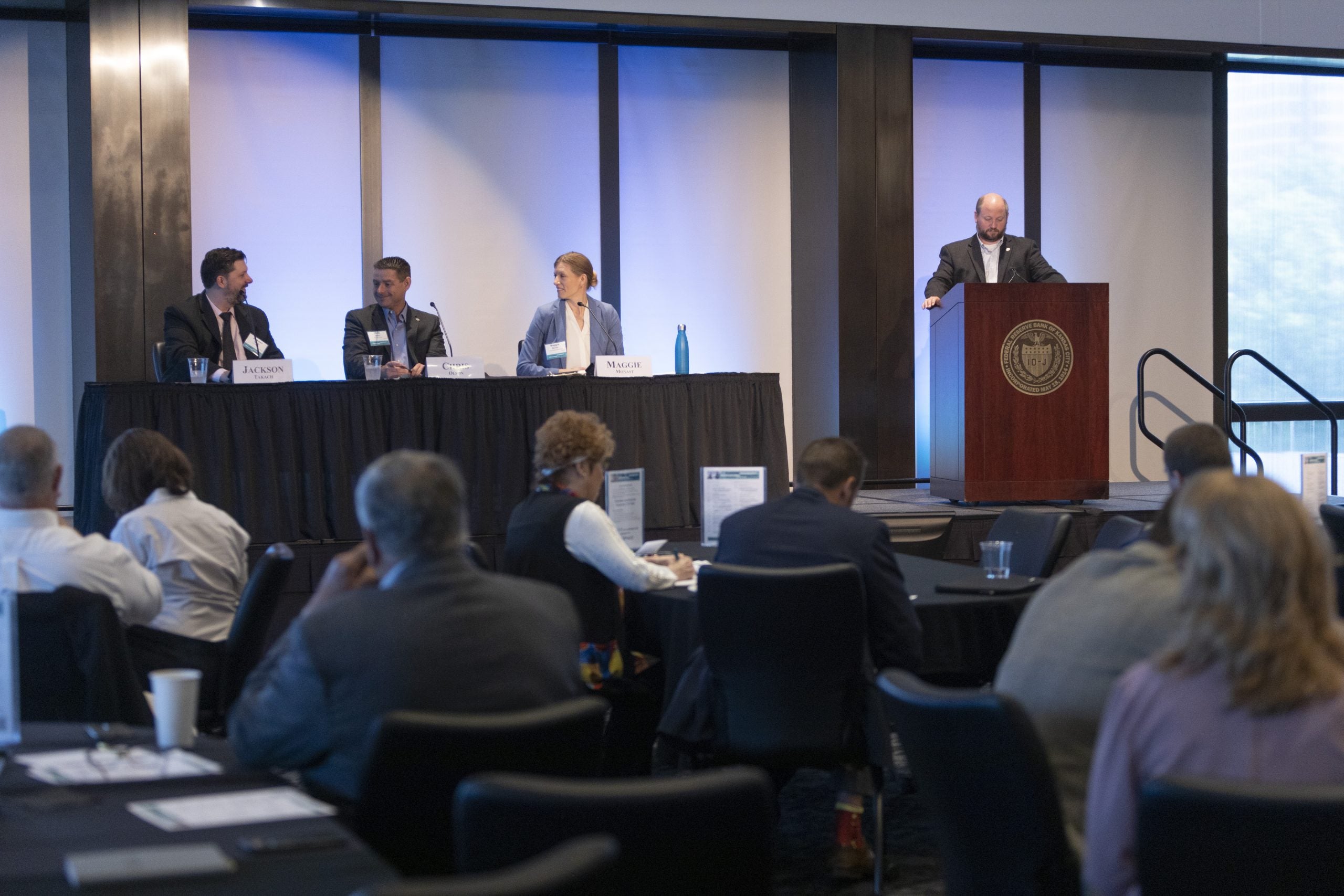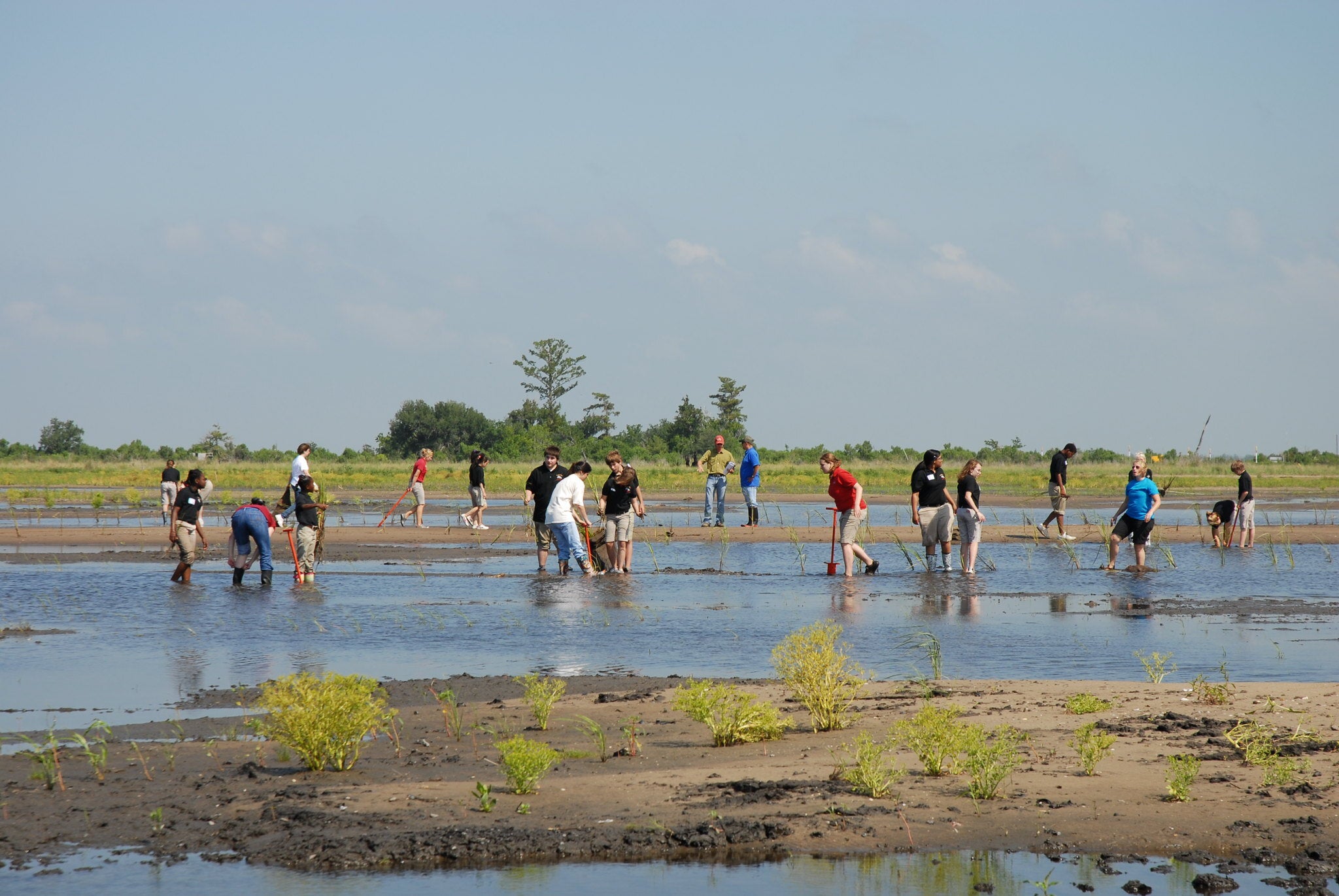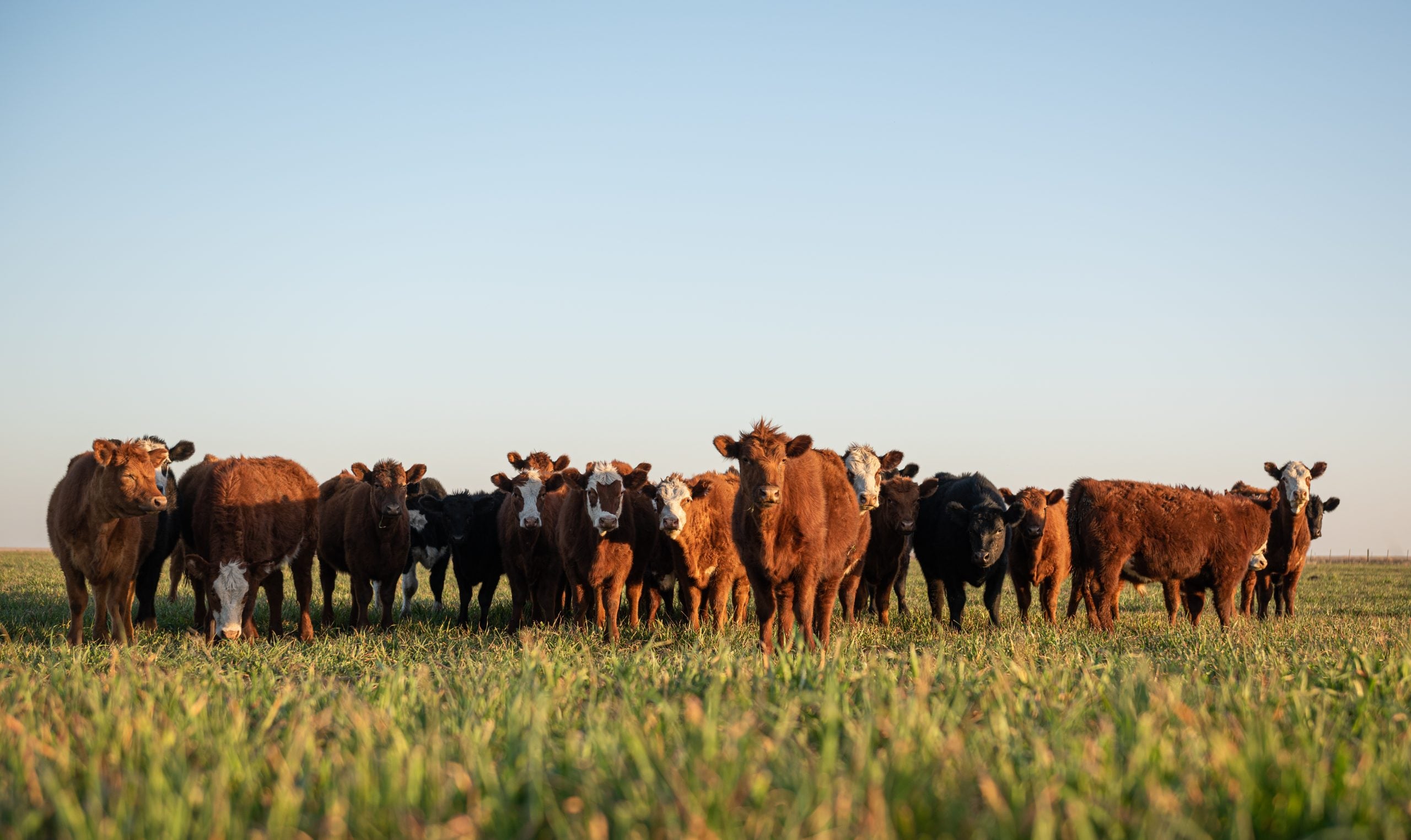In Presidio County, running water is a luxury that some residents do not enjoy. Families in Las Pampas, a Colonia near the Mexican border, must truck water from the City of Presidio to their homes north of town, spending money and time to secure what many Texans take for granted – running water and the economic opportunity this provides. Decades ago, when Las Pampas was first developed, a few groundwater wells supplied water to homes and even a restaurant, but the wells were poorly constructed and too shallow to access reliable underground water in this desert region. Eventually, they stopped flowing, and Las Pampas literally dried up. Read More
Growing Returns
Selected tag(s): climate change
Hispanic Heritage Month: meet local leaders helping communities address key water issues
As Hispanic Heritage Month ends, we celebrate our Hispanic Water Leadership Institute alumni making a difference in their communities.
Nearly 20% of the United States identifies as Hispanic. The largest minority group in the country is also the largest group disproportionately impacted by contaminated groundwater. This is due to a lack of resources and widespread inequities in funding, policies, investment in water infrastructure and education. Read More
Climate, agriculture, and finance: exploring connections at the Fed

Maggie Monast as a panelist at the The Federal Reserve Bank of Kansas City’s 2023 Agricultural Symposium, “The Changing Geography of Agricultural Production.”
The Federal Reserve Bank of Kansas City’s 2023 Agricultural Symposium, “The Changing Geography of Agricultural Production,” explored the factors driving changes in where and how agricultural commodities are produced, disruptions that are leading to further geographical differences, and the role of investments and farm policy in the years ahead.
I had the honor of joining as a panelist with representatives from Farmer Mac and Rabo AgriFinance, where I shared EDF’s perspective on how climate change affects agricultural production and finance. Climate impacts on agriculture, from catastrophic weather events to temperature and rainfall variability, increase risks for farmers and their financial partners. This pattern of increasing disruption directly affects food availability, prices, and ultimately, what ends up on our plates. As one of my fellow panelists noted, “The one certainty in agriculture today is volatility.” Read More
EDF and partners launch interactive Grand Canyon website
A new website from EDF, American Rivers, and Four Corners Mapping provides a special look at the Grand Canyon through an educational, interactive journey. The interactive tool invites people to take a tour through the Grand Canyon and learn how the complexities of the Colorado River crisis impact the Grand Canyon and its surrounding communities and ecosystems through words, images, and short videos. Read More
New report: Investing in Arizona’s water future
This blog is co-authored by Rachel O’Connor, Manager, Climate Resilient Water Systems.
As Arizona’s water crisis worsens due to extreme drought and overuse, more attention than ever is being directed toward addressing this critical issue. At the federal level, an influx of funding has become available through the Bipartisan Infrastructure Law and Inflation Reduction Act. And at the state level, the Water Infrastructure Finance Authority (WIFA) has just begun accepting proposals for its first allocation of $200M for water conservation projects.
New report shows climate change will impact strawberry production in Florida
Authors: Dawn Shirreffs and Kelly Suttles
In 2022, the Florida legislature created the official designation of strawberry shortcake as the State Dessert. Key lime pie advocates may yet have a second chance to emerge victorious as important new research by Environmental Defense Fund and Two Degrees Adapt signals concern for growing strawberries in the Sunshine State due to climate change.
Agricultural banks expect climate change to pose financial risks. Here are five strategies to help them adapt.
Climate change is projected to impact agricultural production worldwide, and 87% of agricultural finance institutions in a recent survey expect it to present risks to their business. Meanwhile, only 24% significantly factor climate change into their decision-making processes.
A new guide from EDF and Deloitte offers five strategies for agricultural finance institutions to manage climate risks and act on climate opportunities. These five strategies integrate climate into agricultural finance institutions’ existing risk frameworks and take a proactive approach to help farmers and ranchers adapt to climate change:
Federal R&D funds are key to solving enteric methane challenge, keeping U.S. agriculture competitive
As the U.S. works to stabilize the climate and foster innovative domestic industries, reducing emissions from agriculture — currently about 10% of annual emissions — is a critical piece of the puzzle. Yet federal R&D investments in agricultural climate solutions remain 35 times smaller than clean energy R&D investments.
Of the limited agricultural R&D spending, funds aren’t going to one of the biggest climate opportunities. Enteric methane emissions, released as livestock digest their food, account for 28% of U.S. agricultural emissions, but only 2% of federal R&D mitigation funds go toward enteric methane solutions, according to new research from The Breakthrough Institute and Environmental Defense Fund.
This mismatch will increasingly put U.S. farmers and ranchers at a competitive disadvantage in global markets and misses a top climate opportunity. Congress and USDA can remedy the mismatch in the next farm bill. Read More
Replicable revenue streams can help natural infrastructure projects receive State Revolving Fund financing

Natural infrastructure can provide protective barriers to reduce flood risk while also offering community green space and supporting green jobs. Louisiana GOHSEP, CC BY SA 2.0.
Authors: Vincent Gauthier (EDF), Tee Thomas (Quantified Ventures)
The Bipartisan Infrastructure Law will invest more than $44 billion in the Clean Water and Drinking Water State Revolving Funds, or SRFs, presenting a tremendous opportunity to finance natural infrastructure solutions that can improve water quality and protect communities against flooding. While natural infrastructure can be a cost-effective way to improve water quality and reduce flood risk, these projects have historically been difficult to finance through SRFs due to a lack of consistent repayment streams.
EDF and Quantified Ventures recently published a report that identified five replicable repayment streams that communities and conservation groups can use to access SRF financing for natural infrastructure such as wetlands, floodplain restoration, and riparian buffers. These repayment streams include stormwater utility fees, source water protection fees, and environmental markets.
Five ways U.S. agriculture can adapt to climate change
Farmers have a long history of steadily increasing crop yields through technological innovation and improvements in management practices. However, as climate change makes weather more extreme and variable than ever before, productivity progress will likely stall by 2030 — even if the U.S. maintains past rates of R&D investment and innovation. Adaptation efforts must begin now to protect food supplies and farmer livelihoods.
Adaptation options can be deployed at various scales to combat the unknown challenges ahead.










